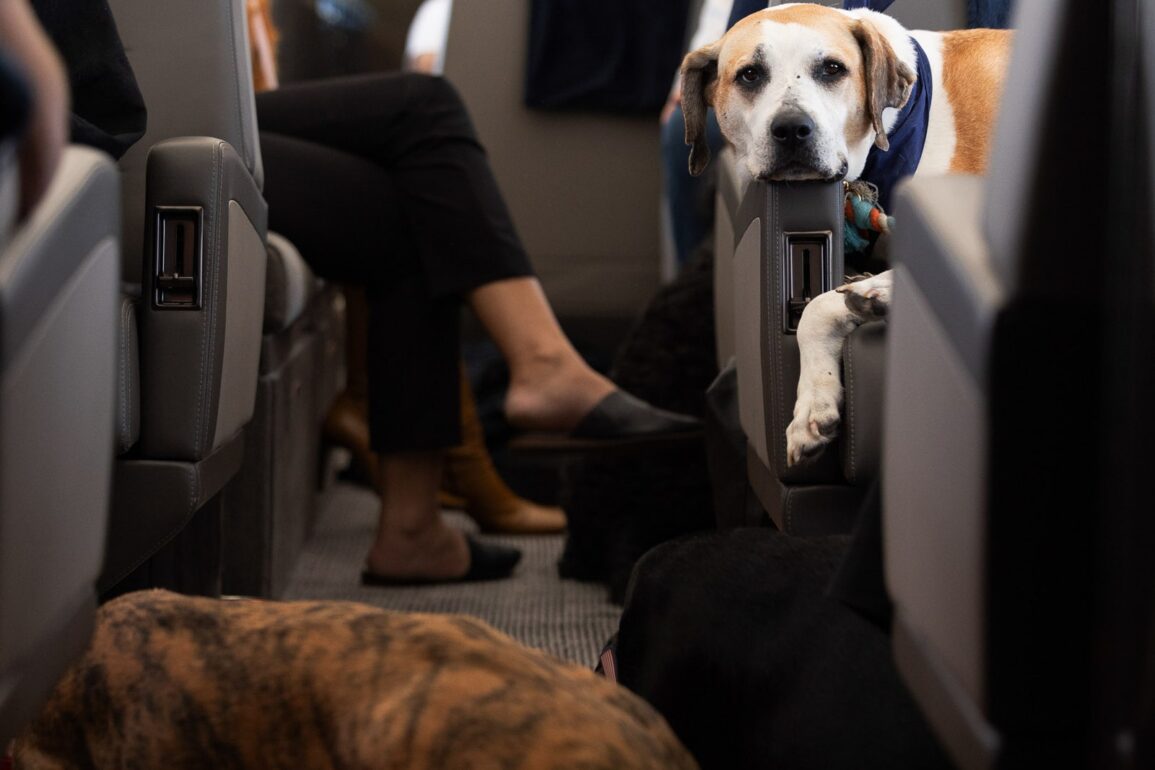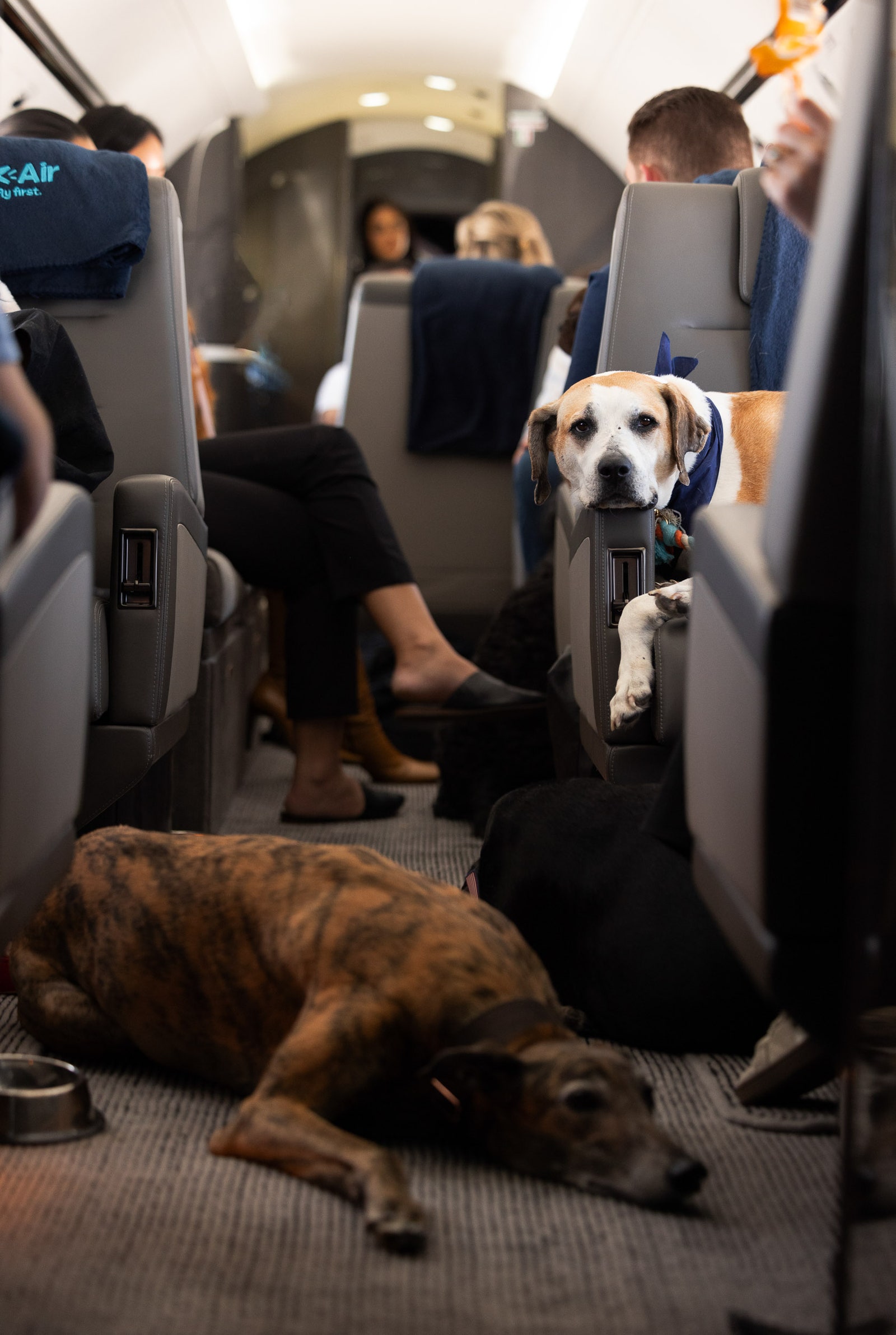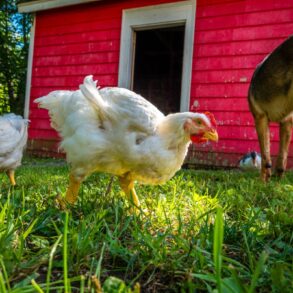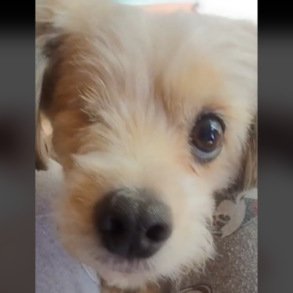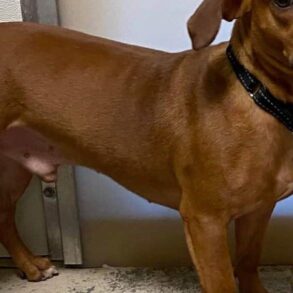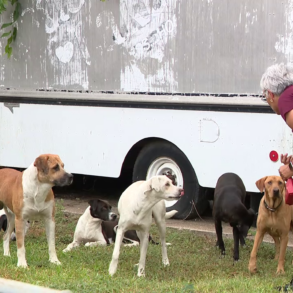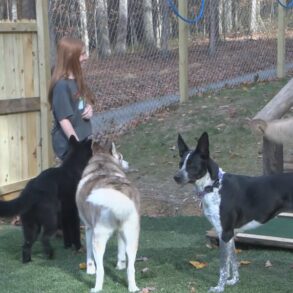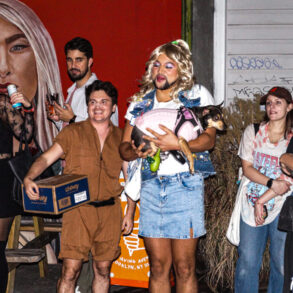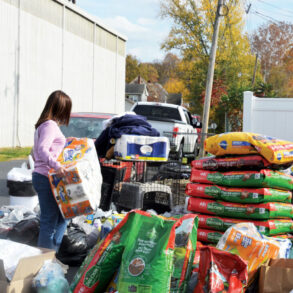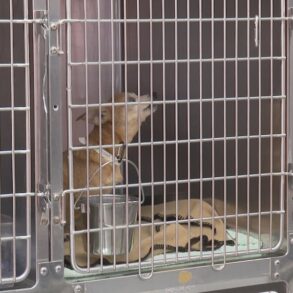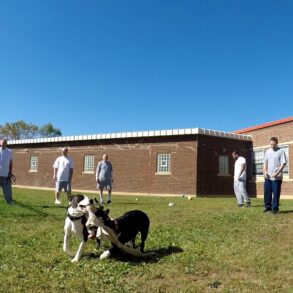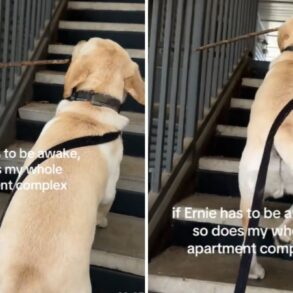Americans love their pets. More than 60 percent of US households have them; more than half of pet owners say they’re as important to their families as any human. So maybe it makes sense that more people are taking their pets on flights. More than 1 million pets travel by air in the US every year, according to the International Pet and Animal Transportation Association, an industry group, and pet trips by airline have jumped in the past decade.
Airlines are still trying to catch up with the furry fervor. In recent years, a spate of new US government regulations and airline policies have grappled with the influx. Now new rules from the US Centers for Disease Control and Prevention aimed at stemming the spread of rabies have added more complexity to the process of traveling with dogs. In an effort to bring the US in line with other developed countries’ pet rules, the regulations have dramatically upped the bureaucracy and paperwork involved with moving dogs into the US, and stressed the US’s existing pet importation infrastructure. Airlines are having a hard time keeping up.
Since the rules kicked in on August 1, business at the Ark at John F. Kennedy International Airport in Queens, New York, has picked up significantly, says Elizabeth Schuette, the president and CEO of the company. For the animal handling and air cargo facility, right on the grounds of the busiest airport in the New York City metro area, that looks like stacks of new paperwork, hundreds of incoming inquiries from concerned pet parents, and five to 10 more dogs in the 60-kennel facility per day who need to be examined by a veterinarian before being cleared as disease-free. Schuette says she’s received more than one panicked call from people arranging pet travel: “What would you do if we told you the dog we’re bringing into the country is in the air … right now?”
Passengers, meanwhile, have reported confusion and frustration with the new rules, as airlines have been slow to adapt their policies to accommodate flying pets. On social media, airline customers have reported leaving the country for vacation with their companions and returning to a whole new system of vexing paperwork.
The CDC says the rules are a response, years in the making, to the serious problem of dogs entering the US with shoddy or falsified rabies vaccination records. In a now notorious 2021 case, a rescue dog sent from Azerbaijan to Chicago’s O’Hare International Airport was found to have the viral disease, leading to suspicion of vaccination fraud and a multi-state investigation. The US has been free of dog rabies since 2007; the US government wants to keep it that way.
The rule change echoes deep cultural shifts around pets in the US, says Schuette. “There’s been a massive change over the past five or 10 years in the acceptability of pets in airplane cabins,” she says. “There’s a certain entitlement out there: ‘The pets can just come into the cabin with me.’” What’s more, expensive pet cargo fees and clearer airline in-cabin pet policies have pushed owners to save money by riding with their companions inside the plane, rather than sending them to airplanes’ cargo holds. Pets transported via cargo had more thorough records requirements than those in the cabin.
But now in-cabin pets are subject to the same kind of strict entry requirements—and paperwork—as pets in cargo holds, with special attention paid to vaccination records from 96 countries with high risk of dog rabies, including China, India, Indonesia, Nigeria, Brazil, and Mexico.
For Kimberly Graner, the chief operating officer of pet boarding and pet shipping businesses Kennel Club LAX and Tailwind Global Pet, the rule changes have led to lots more time negotiating with foreign representatives about vaccination records. The new rules changes are important, she says, but it’s taken time for airlines, passengers, and global government workers to adapt. “I foresee even more changes in the next year,” she says.
Airlines Play Cat(and Dog)ch-Up
More change is saying something. In 2020, the US federal government began to take a stronger stance on pets in the passenger cabin when it started to crack down on passengers using improperly obtained “emotional support” status to transport their pets on airlines. The rules were prompted by a flurry of complaints about pet misbehavior in the air and by media reports of the less-than-traditional support animals that had taken to the sky. Perhaps you remember the emotional support peacock, or the emotional support squirrel, or the (truly tragic!) tale of the emotional support hamster. These guidelines restrict free, in-cabin access to properly trained support animals, and require specific forms to be completed days before a flight.
Many US airlines now permit smaller pets to travel in kennels in a cabin for a fee—though those fees have changed, too. In April, United Airlines raised its in-cabin pet prices by $25, to $150.
A United spokesperson, Charlie Hobart, declined to answer questions about the fee change, but wrote in an email that “our in-cabin pet fees are fairly typical for the industry.” (Fees generally range from $95 to $150 per flight.)
American Airlines, meanwhile, shifted its policy to allow those who travel with pets to bring more baggage on their flight. In a written statement, Timothy Wetzel, a spokesperson for American Airlines, wrote that the company “made the change to provide a more convenient and comfortable experience to customers whose pets fly American.”
In the flying pet chaos, the dog product company Bark has sniffed out a business opportunity. In May, the company launched Bark Air, an airline for dogs, which uses charter flights to transport dogs (and sometimes their owners) on two routes, between New York and Los Angeles and New York and London. So far, the service has transported some 266 dogs on 33 flights, with trips costing $6,000 for the Los Angeles route and $8,500 to travel to the UK.
Bark Air’s trips are “dog-first,” says Dave Stangle, Bark’s vice president of brand marketing, with pooch-friendly touches including treats, custom “calming” doggy blankets and pillows sprayed with pheromones, an in-flight “just in case bag” (with pee pads and cleaning materials, just, you know, in case), and a complimentary dog spa service, complete with warm towel and nose balm (it’s drying up there!) at the conclusion of each trip.
Despite all the changes, Stangle says Bark only expects interest in pet flight to go up. “We do see a future where traveling with your dog is the same as traveling with your child,” he says.
This post was originally published on this site be sure to check out more of their content.




